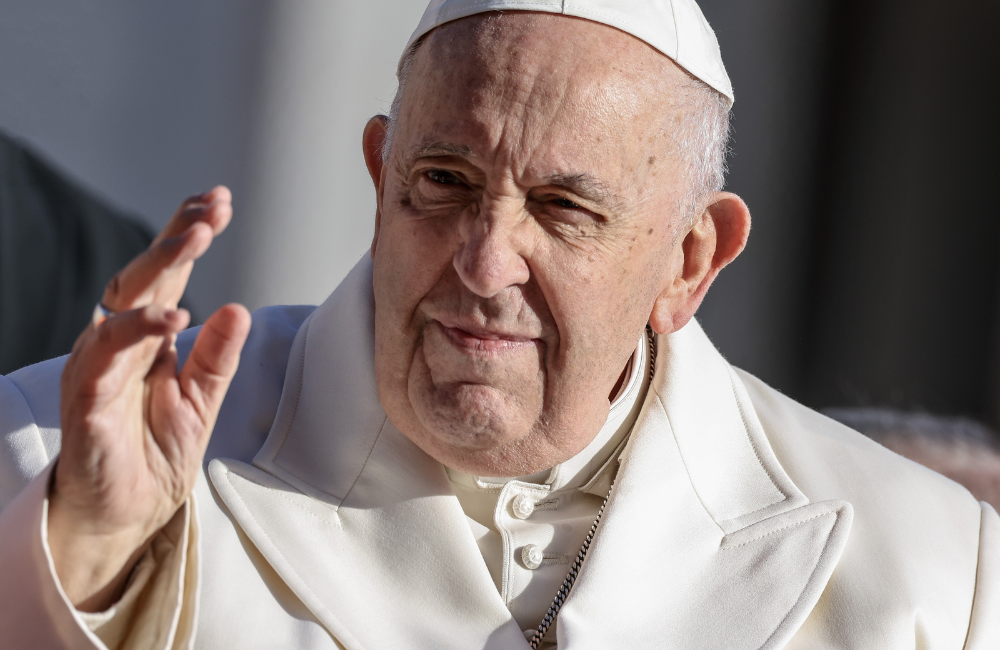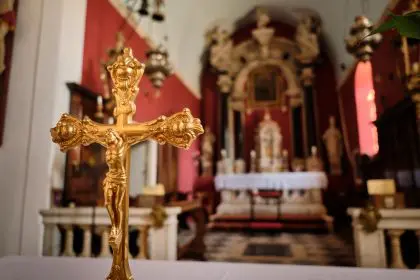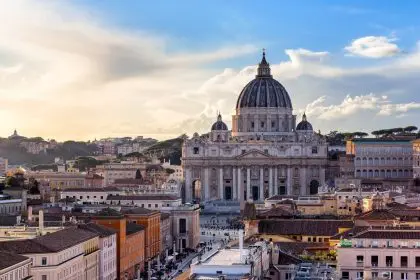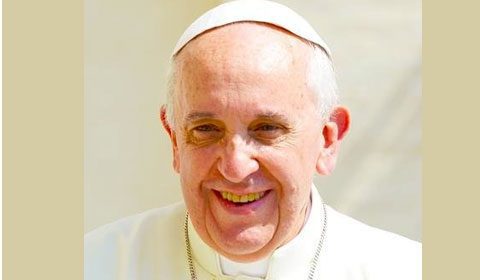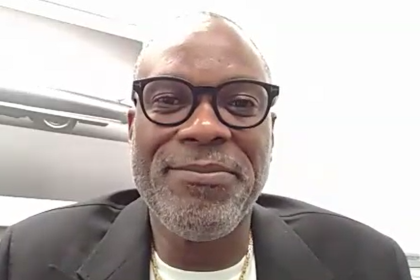Pope Francis died from a stroke and heart failure. His passing marks the end of a pontificate that brought significant reforms to the Catholic Church.
The pontiff – whose birth name was Jorge Mario Bergoglio – passed away on Easter Monday (21.04.25) at the age of 88 after recently battling double pneumonia and bronchitis but the Vatican have now revealed his official cause of death, which was confirmed through an ECG test. Francis was the first Jesuit pope and the first from the Americas in the Church’s history.
The statement noted the pope also suffered from multiple bronchiectasis, arterial hypertension and type 2 diabetes. These health conditions had plagued the Pope in recent years, leading to several hospitalizations and affecting his mobility.
Francis‘ final testament, which has been released by the Vatican, stated he wishes to break with tradition and be buried in Rome’s Basilica of Saint Mary Major and “without particular decoration”, and that his resting place bears the inscription Franciscus, his papal name in Latin. This decision reflects his lifelong devotion to the Virgin Mary and his reputation for humility throughout his papacy.
“As I sense the approaching twilight of my earthly life, and with firm hope in eternal life, I wish to set out my final wishes solely regarding the place of my burial,” he had written. The testament was prepared well before his death, showing his thoughtful consideration of his final arrangements.
“Throughout my life, and during my ministry as a priest and bishop, I have always entrusted myself to the Mother of Our Lord, the Blessed Virgin Mary. For this reason, I ask that my mortal remains rest – awaiting the day of the Resurrection – in the Papal Basilica of Saint Mary Major. This basilica is one of Rome’s four major papal basilicas with profound historical significance.
“I wish my final earthly journey to end precisely in this ancient Marian sanctuary, where I would always stop to pray at the beginning and end of every Apostolic Journey, confidently entrusting my intentions to the Immaculate Mother, and giving thanks for her gentle and maternal care. Throughout his papacy, Francis made numerous international journeys, always beginning and ending with prayer at this basilica.
“I ask that my tomb be prepared in the burial niche in the side aisle between the Pauline Chapel (Chapel of the Salus Populi Romani) and the Sforza Chapel of the Basilica, as shown in the attached plan. The Pauline Chapel houses one of Rome’s most venerated Marian icons.
“The tomb should be in the ground; simple, without particular ornamentation, bearing only the inscription: Franciscus. This request aligns with the Pope’s emphasis on simplicity and his choice of name after St. Francis of Assisi.
“The cost of preparing the burial will be covered by a sum provided by a benefactor, which I have arranged to be transferred to the Papal Basilica of Saint Mary Major. I have given the necessary instructions regarding this to Cardinal Rolandas Makrickas, Extraordinary Commissioner of the Liberian Basilica. Cardinal Makrickas has been tasked with implementing these specific burial instructions.
“May the Lord grant a fitting reward to all those who have loved me and who continue to pray for me. The suffering that has marked the final part of my life, I offer to the Lord, for peace in the world and for fraternity among peoples.” These final words reflect Francis’ consistent message of peace and brotherhood throughout his time as pope.
Many previous popes have been buried at St. Peter’s Basilica in the Vatican. His choice to be buried elsewhere represents a significant departure from recent papal tradition.
Francis’ body has been transferred into a coffin the chapel of Casa Santa Marta on Monday night, but will be taken to St. Peter’s basilica on Wednesday (23.04.25) morning for the public to pay their respects. Casa Santa Marta served as Francis’ residence throughout his papacy, as he chose a simpler living arrangement than his predecessors.
The date of his funeral – which will be followed by a nine-day official mourning period – will be decided by cardinals on Tuesday (22.04.25), though it must take place between four and six days after his passing. The nine-day mourning period follows long-established Catholic traditions for honoring deceased popes.

